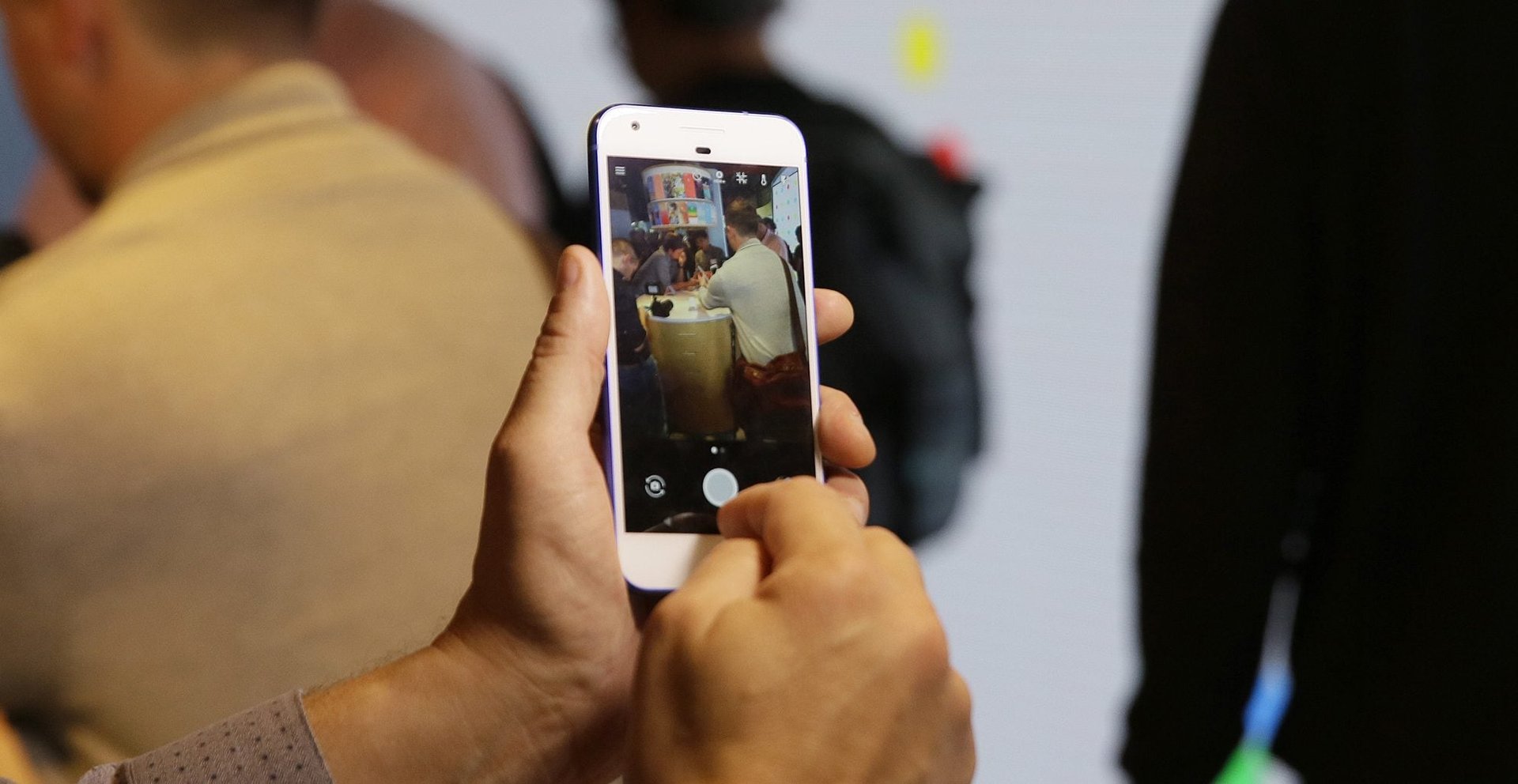Google is testing a way for its AI to learn from your phone’s data while protecting your privacy
Google is a powerful player in the development of artificial intelligence partly because of the massive amount of data it can access. When you sign up to use the company’s free services you agree to allow it to use your data in limited ways, giving Google more than a billion ever-growing sources of data from Gmail alone.


Google is a powerful player in the development of artificial intelligence partly because of the massive amount of data it can access. When you sign up to use the company’s free services you agree to allow it to use your data in limited ways, giving Google more than a billion ever-growing sources of data from Gmail alone.
In order for its AI to learn, Google typically needs that data on its servers—often referred to as “the cloud.” But a new technique allows Google to deputize a user’s phone, which learns from the user’s actions and then sends a summary of what it’s learned to Google servers. The company is currently testing the idea through the search function in Gboard, the Android phone keyboard, so it can better learn how people use the service and share information.
A February paper published by Google on the method says it falls in line with a 2012 suggestion from the White House, which was meant to limit the amount of data collected by companies on its users. With this approach, Google can still train its AI without needing to have your data on its server, whether that be the words your type in a keyboard or your photos.
Let’s use a metaphor to understand how it works: Say you had a baking company with a lot of branches and a main office. The main office gives all your bakers across the country a recipe to work from: some flour, water, salt, yeast. The recipe represents Google’s AI algorithm. But your bakers are an experimental bunch, always learning from making bread each day.
In Google’s old model, you’d have all the bakers in one place, at the main office. It’s easy to learn from the baker’s day-to-day experiments, but the bakers can’t talk to anybody eating their bread to see what they like. But using the new technique, the bakers can all work from their respective branches around the country, and just email a short list of the changes they’ve made. Those changes are then all considered by the main office and an updated recipe is eventually sent to all the bakers. Not only does this save Google from having to gather and store data on its servers, but the list of changes to the recipe is smaller than if all the information was sent back and forth. Furthermore, the way these updates are sent means that the office doesn’t know who is sending which recipes, making it private.
In the real world, Google was able to do this by building a streamlined version of its AI learning platform, TensorFlow, and installing it along with Gboard. The user’s phone does the learning, and then sends an encrypted message of the changes it made to Google’s servers. That data is mixed together with all the other users’ data, after already being anonymized by the encryption progress, which is used to update the master algorithm. All the original data never leaves the phone, which protects the user’s privacy, but Google still gets to improve its AI. Some data is already stored in the cloud, so Google doesn’t need to use this method for everything, but it’s a way for the company to be a little more considerate when using your data.
Since it’s using your phone as an extension of its server, Google was careful to program when the learning and uploading took place: It only happens when the phone is not being used, plugged in, and on a free wireless connection, according to the company blog. This way there should be no battery drainage or data usage.
Google sees a lot of opportunity in this method, and plans to expand it to learn how people type and what kind of photos people look at, delete, and share.